Before installing a stairlift, the first hurdle to overcome is financing. Stairlifts are usually elaborately constructed from high-quality materials. The installation is also made more expensive by the assembly costs, which vary depending on the overall structural situation. Many patients therefore hope for financial support, for example from their private health insurance. But the PKV does not always pay for the stairlift.
Through a stair lift, you can regain lost quality of life. Mobility, which already seemed lost, can return. But first the financial hurdle of the purchase must be taken. With the purchase or installation of a stair lift is namely usually associated with high costs. Many patients therefore hope that the costs will be covered. However, private health insurance (PKV) does not always cover the cost of the stairlift.
What does a stair lift cost?
A blanket statement about the costs associated with the installation of a stairlift is hardly possible. The prices are too much dependent on the individual needs, the design, necessary adjustments and the overall structural situation. Roughly, one can say that very simple stairlifts can be purchased from about 3,000 €. Such stairlifts, mostly seat lifts, however, are usually still suitable for relatively short and straight stairs.
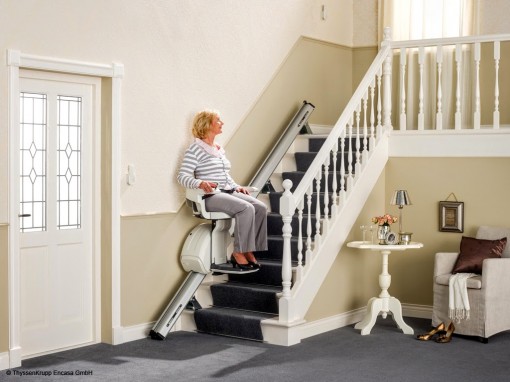 PhotosSource: © ThyssenKrupp AG
PhotosSource: © ThyssenKrupp AGSignificantly more expensive, however, are stair lifts that are to be installed on curved staircases. Even simple models here cost 8,000 € and up. Depending on length and equipment, however, prices of up to 20,000 € are not uncommon. More expensive than seat lifts are platform lifts. They are needed by wheelchair users. Prices for platform lifts usually start at just under 10,000 €.
Who usually covers the costs?
Typically, part of the cost of purchasing a stair lift is covered by care insurance. A maximum of 4,000 € can be subsidized in this way. The promotion applies not only to stair lifts, but to necessary living space adaptations in general. The prerequisite for receiving the subsidy is the existence of a care degree.
The application to the care insurance can be made informally. In any case, however, the application must be made before the purchase or installation of the stairlift.
What about health insurance?
The statutory health insurance (GKV) does not pay for the installation of a stairlift. Also a subsidy is not to be expected. To justify this is with a decision of the Federal Social Court (B 3 KR 14/ 97). According to this decision, structural changes to buildings are not considered medical aids. The GKV must pay however only for medical aids, which are contained in the benefit catalog. Since this is not the case with the stair lift, the GKV is not obliged to pay.
The situation is somewhat different for private health insurance (PKV). For the PKV the decision of the Federal Social Court does not apply compellingly. Rather, the individual PKVs can determine for themselves whether they will cover the costs of a particular aid. This depends on the one hand on the general insurance conditions of the respective PKV and on the other hand on the individual contract of the patient.
Cost absorption in private health insurance
Whether a PKV takes over the costs of a stairlift, is to be examined individually. In the contract documents are usually the tariff conditions of the respective contract. There is usually a catalog of aids included. This determines for which aids the PKV pays – and for which not. A consultation with the insurance agent can provide clarity here.
But even if the stairlift is not included in the catalog of aids, one should certainly make an application for cost absorption. Again and again it happens, PKVs costs for aids take over, which are not specified in the aids catalog of a contract. However, this is always a case-by-case and goodwill decisions that are at the discretion of the individual insurance companies.
Acceptance of costs by other cost units
Nursing care insurance and PKV are not the only cost units that can be considered for cost absorption when deciding on a stair lift. In the event of an accident at work, for example, the stairlift may also be covered by the Employer’s Liability Insurance Association. In the case of an accident with third-party fault, the opposing liability insurance may be held liable under certain circumstances.
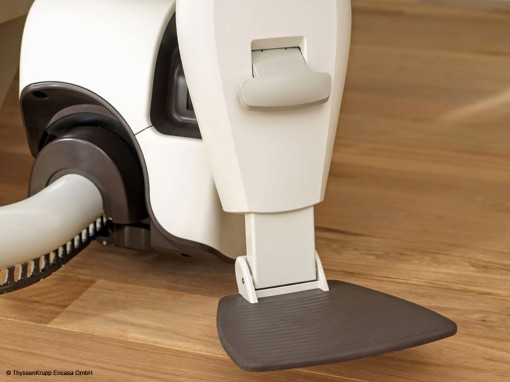 PhotosSource: © ThyssenKrupp AG
PhotosSource: © ThyssenKrupp AGOther cost units that also come into question for assumption of costs when purchasing a stair lift are social security and pension offices. Tip: In any case, you should get detailed advice, as applications for cost absorption must usually always be made before the purchase. This is the only way to ensure that the best possible funding is obtained.
Further funding when buying a stairlift
Loan financing when buying a stairlift can also be obtained from the Reconstruction Loan Corporation (KfW). The KfW offers a low-interest loan – currently below 1% APR – to support the installation of a stairlift. The acquisition costs of the stairlift can also be deducted for tax purposes. Therefore, one should also consult a tax advisor in any case.

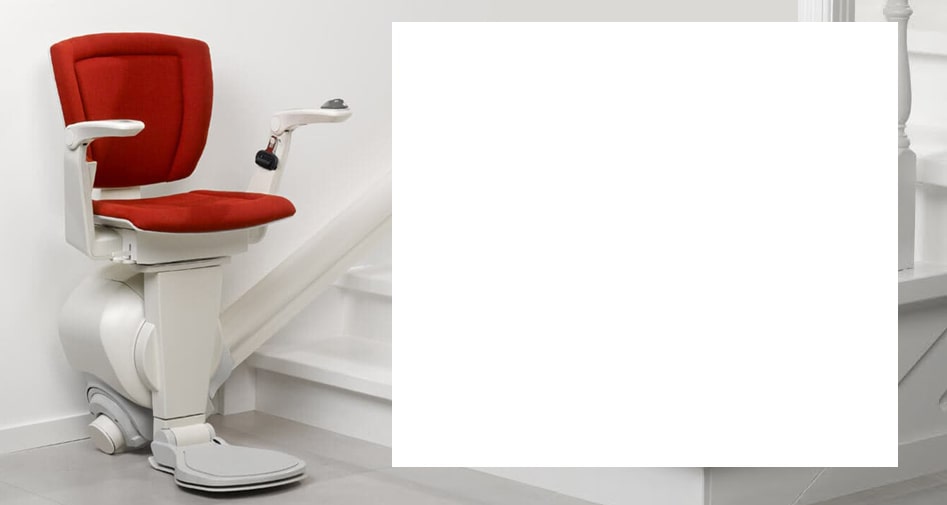
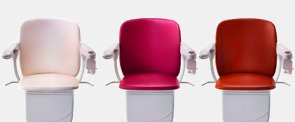
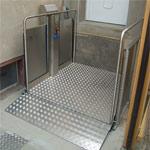
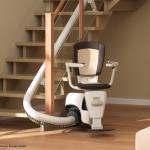
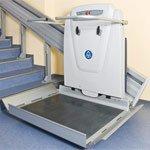
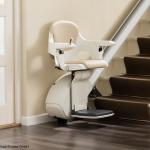
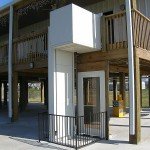
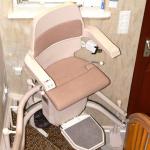
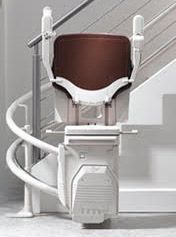


What do I do if my health insurance company refuses to cover the costs. My husband has private insurance and is now supposed to explain the “medical necessity” of a stair lift. What should we do?
Your private health insurance company can determine for itself whether you will cover the costs. Modifications to buildings are not considered medical aids. You can try to reach a compromise through your PKV advisor.